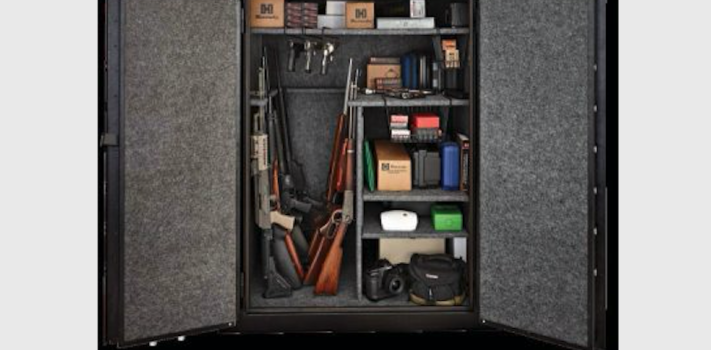Finding, Buying, and Improving My Bugout Location – Part 3, by Greg X.
(Continued from Part 2. This concludes the article.) I purchased the property in the winter out of a bankruptcy for a good price. This left me with some money to invest, but I plan to do as much of the repair work as I can. This may take longer than contractors (who are hard to find too) but I also don’t want to appear too wealthy to the neighbors. This is the Grey Man approach. I’ll use the neighbors to source inexpensive local materials and contractors for work beyond my skill set, safety, or time to invest. For example, I …










